What is happening on the ground?
Over the next two decades, the ESCCRP Landscape will undergo a range of activities to enhance forest health and resilience, addressing wildfire risk and enhancing biodiversity. These efforts are essential for creating a more sustainable ecosystem for future generations.
Activities across the landscape will be completed by multiple organizations and agencies, including Whitebark Institute, the Inyo National Forest, CalDeer, National Fish and Wildlife Foundation, and others. Activities will involve a variety of approaches, including mechanical thinning, hand thinning, aerial treatments, and other restoration practices, all tailored to meet the diverse ecological needs of the region.
Read more about treatment types and activities below.
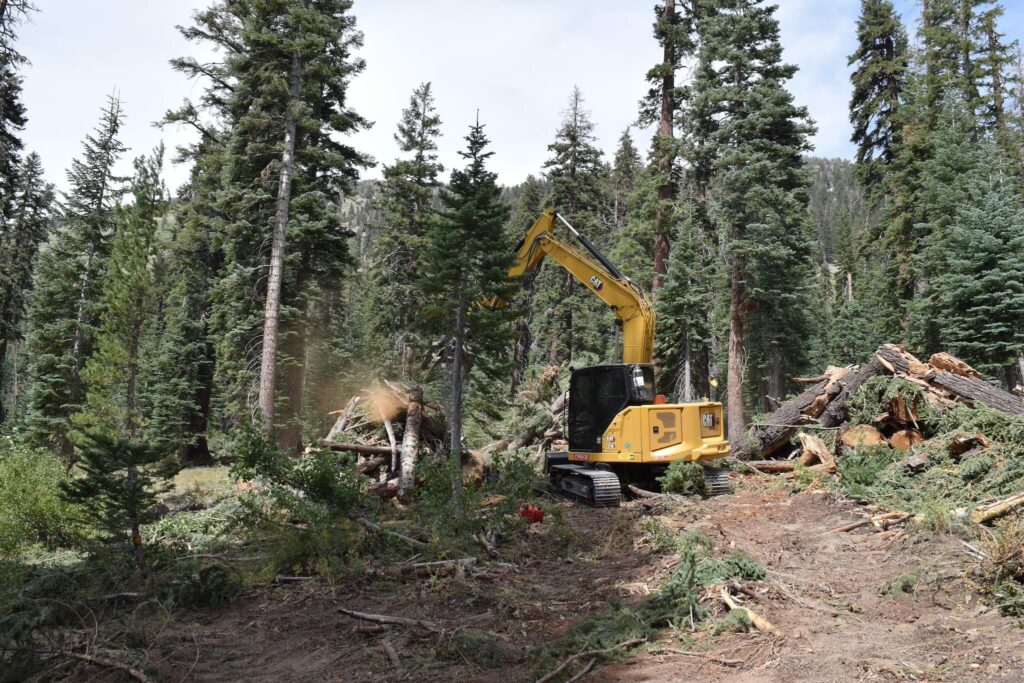
Mechanical Thinning
Mechanical thinning involves the use of equipment such as skidders, masticators, and harvesters to reduce tree density and fuel loads. This method will be employed primarily on slopes of less than 35%. In areas with steeper slopes, specialized equipment may be used, and sensitive areas will be avoided to protect natural resources.
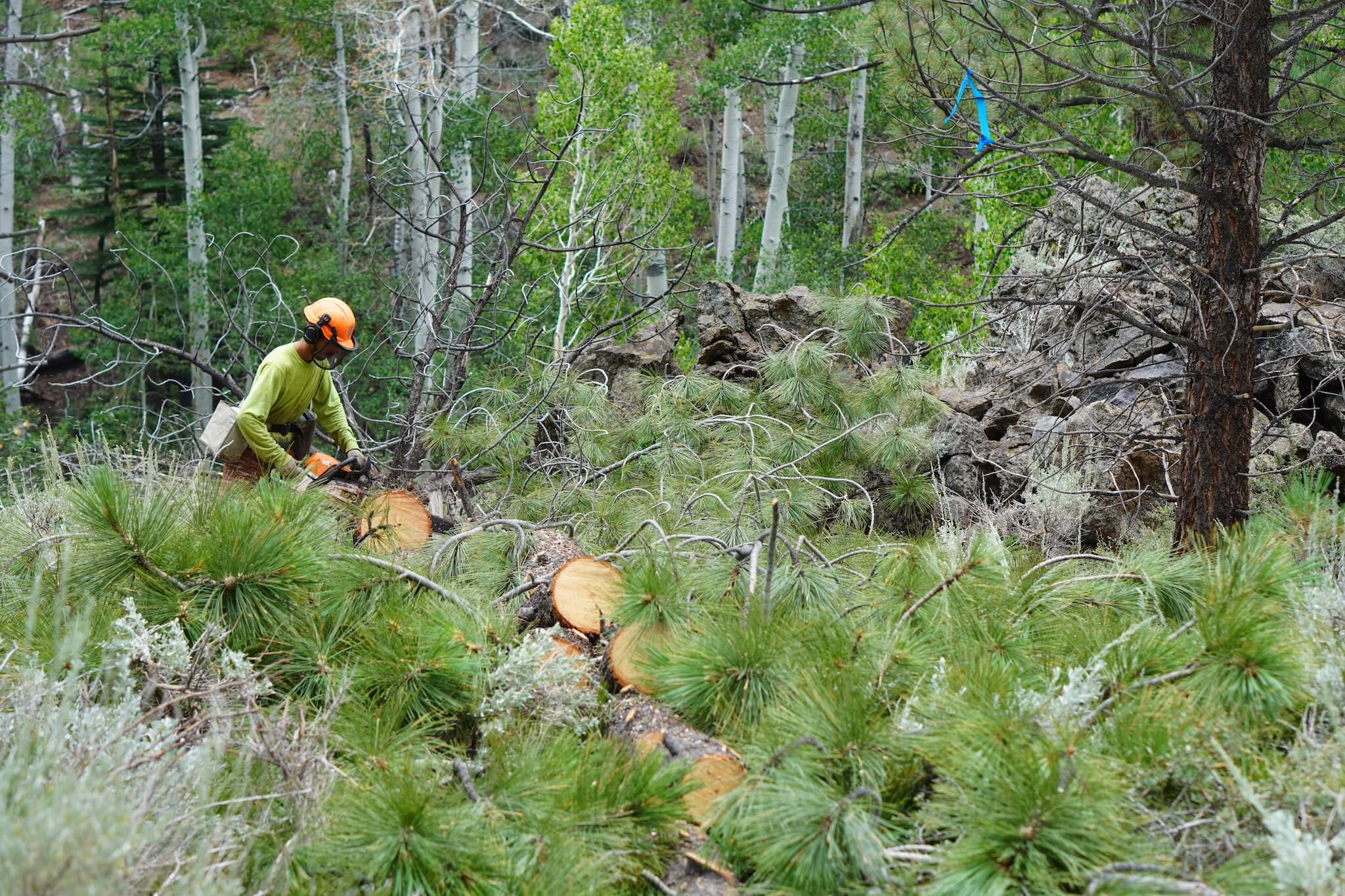
Hand Thinning
Where mechanical equipment is not feasible, hand thinning will be conducted using chainsaws to remove selected trees. This method helps reduce tree density and fuel loads, improving forest health in areas that are difficult for machines to reach and in areas where there are sensitive habitats and resources.
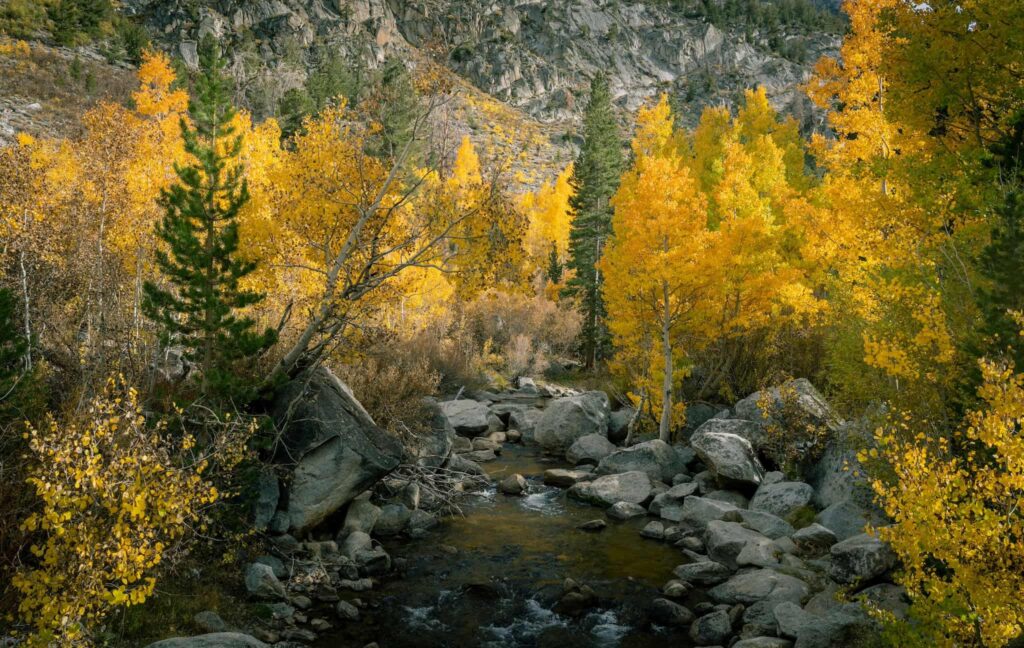
Restoration
Sensitive ecosystems such as meadows, aspen stands, and subalpine forests with whitebark pine, may undergo restoration treatments. These treatments involve the removal of encroaching conifers from meadows, riparian corridors, and sagebrush steppe, and are aimed at enhancing the condition of these ecosystems.
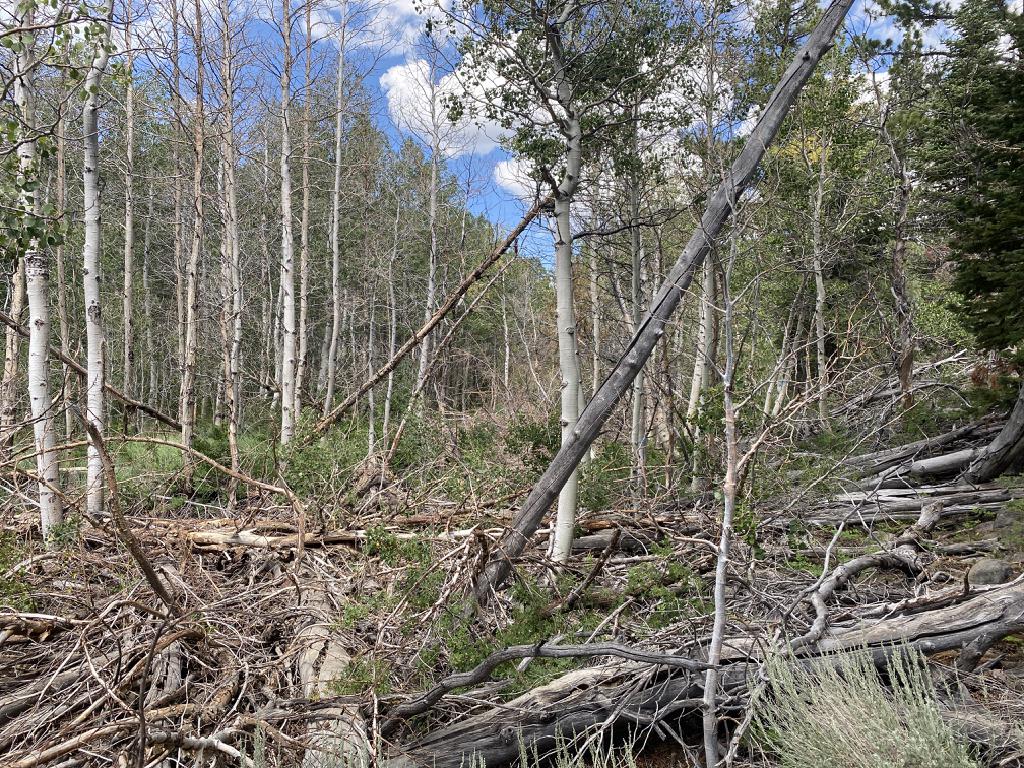
Hazard Tree Removal
A small component of work across the ESCCRP landscape includes the removal of hazard trees located near infrastructure—such as roads and buildings—to ensure public safety and support fire protection strategies. These trees are identified through a hazard tree assessment to reduce the risk of tree-related damage during fires.
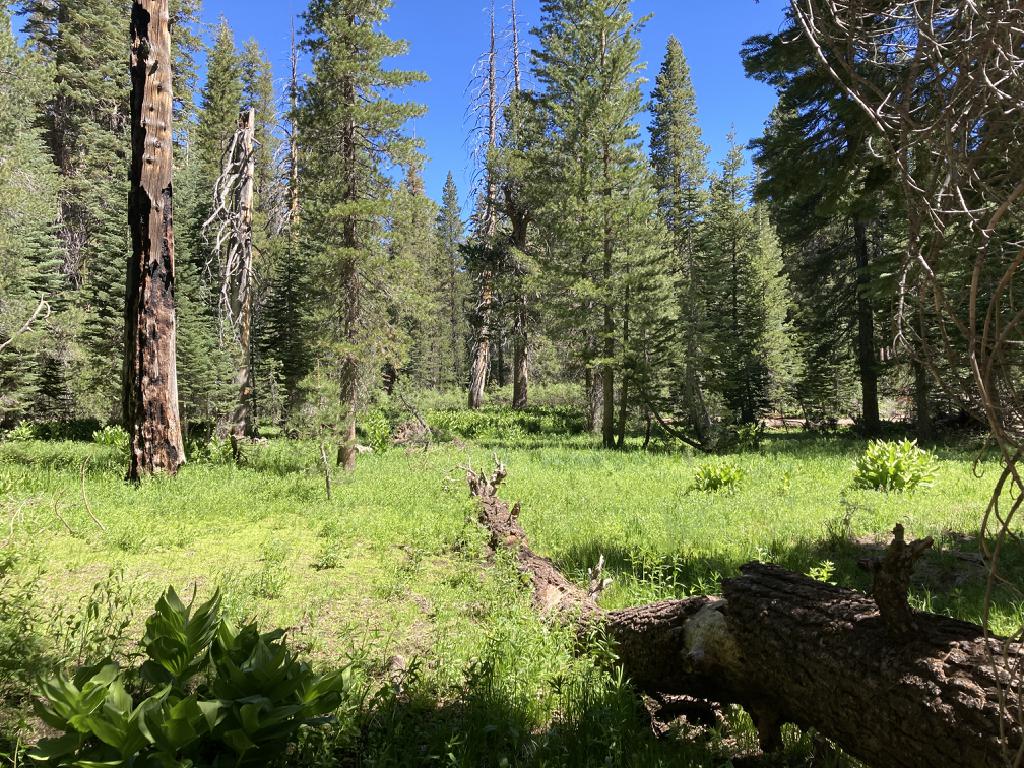
Revegetation
In areas where natural regeneration is insufficient, additional planting or seeding may occur to restore disturbed sites and promote forest regeneration. This could involve planting native, fire-resistant species or re-seeding areas where the seed bank is depleted, ensuring long-term ecological sustainability.
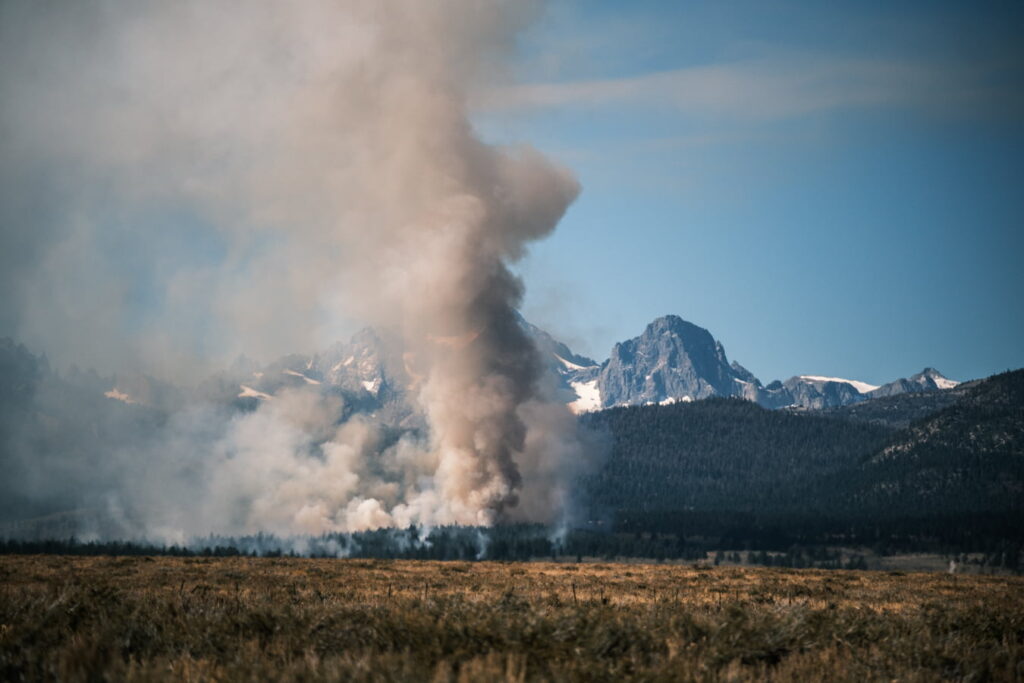
Prescribed Burns
Once fuel loads have been strategically reduced, prescribed burns conducted by the Inyo National Forest may be introduced to re-establish natural fire cycles within the landscape. These carefully planned and monitored burns mimic historical fire regimes, helping to promote ecosystem balance, support native plant regeneration, and reduce the risk of high-severity wildfires in the future.
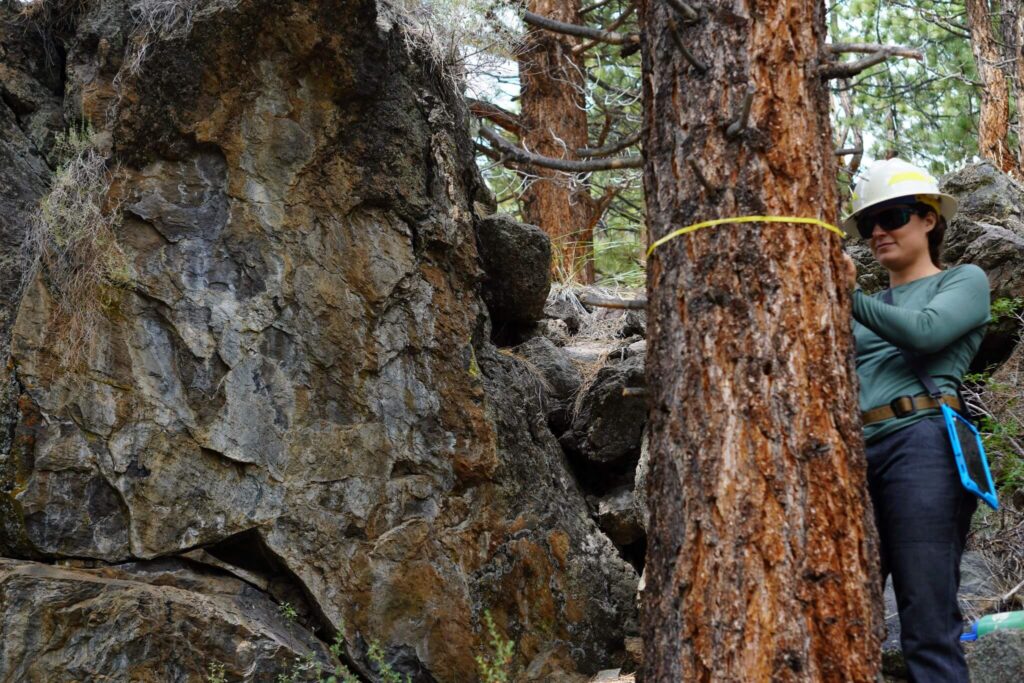
Re-entry and Maintenance
In 10 to 15 years following the initial treatments, some areas may require re-entry for additional thinning or fuel reduction, particularly if issues such as pest outbreaks or disease arise. Maintenance treatments are typically lighter, less intensive, and spread over time, occurring every 3 to 10 years, depending on monitoring results.
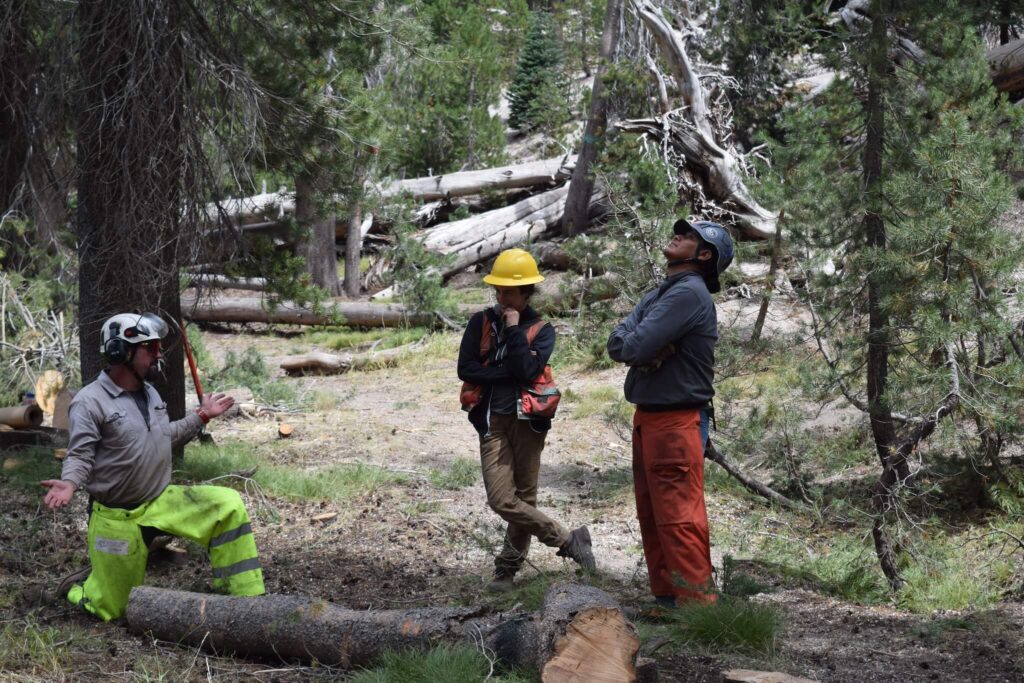
Aerial Thinning Methods
For areas that are hard to access with ground-based equipment, aerial methods like helicopters or cable yarding systems will be used to remove trees. These methods help clear fuel loads in locations that would otherwise be unreachable, ensuring that treatment objectives are met even in remote areas.
